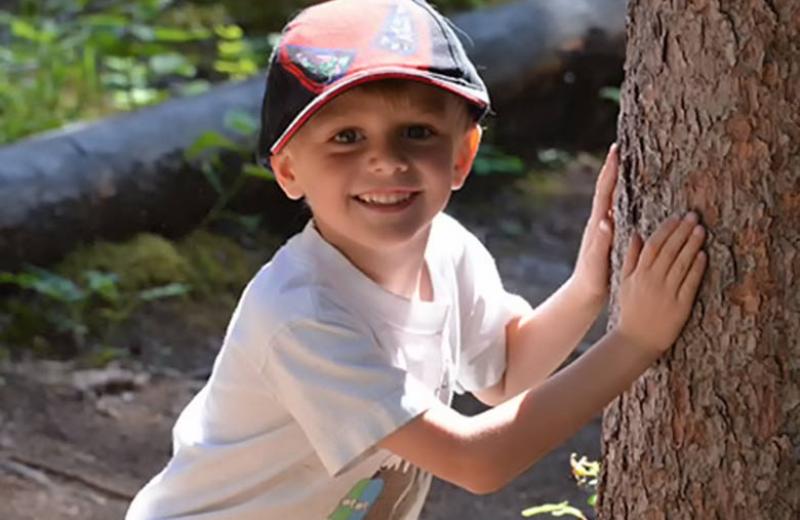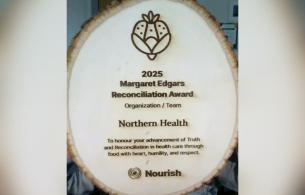Take a moment and reflect back on your own childhood experiences.
- What did you love to do?
- Where were you?
- Who were you with?
- Why was this So. Much. Fun?!
If you look back on your own childhood memories of play, would any of that be considered unsafe today?
To kick off the spring, I'm excited to talk about promoting active outdoor play with the message that we need to value health and fun as much as we value safety. The ParticipACTION report card on physical activity for children and youth revealed that to contribute to the health and wellness of children today, it's imperative to get our kids outside, to give them the freedom to roam, and to take risks in their play.
Risk in play
Risk is often seen as a bad word that makes many people nervous, but let's explore that a bit. When we look at risk in play, we are talking about play that allows children to recognize and evaluate a challenge and then decide on a course of action according to their own abilities. This definition of risk in play allows for the thrill and excitement that we all cherish from our own childhood memories.
When are talking about risk in play, that doesn't mean allowing children to court danger that could cause life-altering serious injury. Allowing for risky, active outdoor play is not about being negligent or reckless. It's not about skating on a half-frozen lake, or sending a preschooler out to the park alone. We as adults and communities still have a responsibility to eliminate the hazards: those situations that a child cannot assess for themselves and offer no benefit to the play experience. It is about promoting "as safe as necessary, not as safe as possible" and encouraging the balance of valuing health and fun as much as we value safety.
Valuing health and fun as much as we value safety
This discussion often invokes a bit of panic in parents, caregivers and leaders who feel responsible for safety in their communities.
But again, what we are discussing here today is the balance between:
- Eliminating and protecting our children from life-altering or life-threatening hazards
- Allowing for and, in fact, encouraging some of the risks that come with sending children outside to play
Indeed, the ParticipACTION report card found that the biggest risk to children's long term health and development is actually keeping kids indoors!
And so, with spring melting snow and bringing new colours back to our yards, parks and neighborhoods, let's give children the freedom to decide how high to climb that tree, to explore the woods, get dirty, play hide and seek, wander, balance, tumble, rough-house, and experience the outdoors. Because the evidence tells us that when children are outside they:
- Move more
- Play for longer
- Sit less
These are all associated with improved physical health and fitness as well as mental health, social wellness and fun. Exactly what memories are made of!














Comments